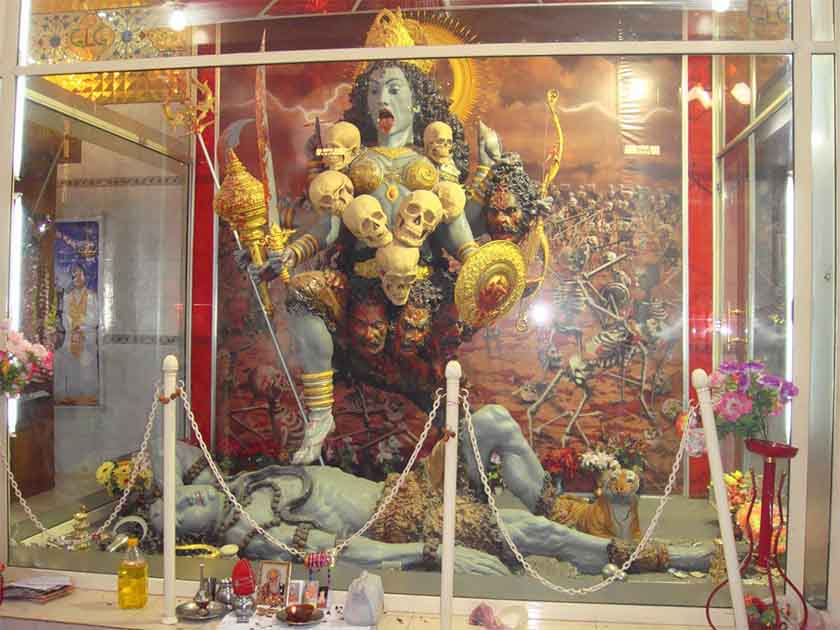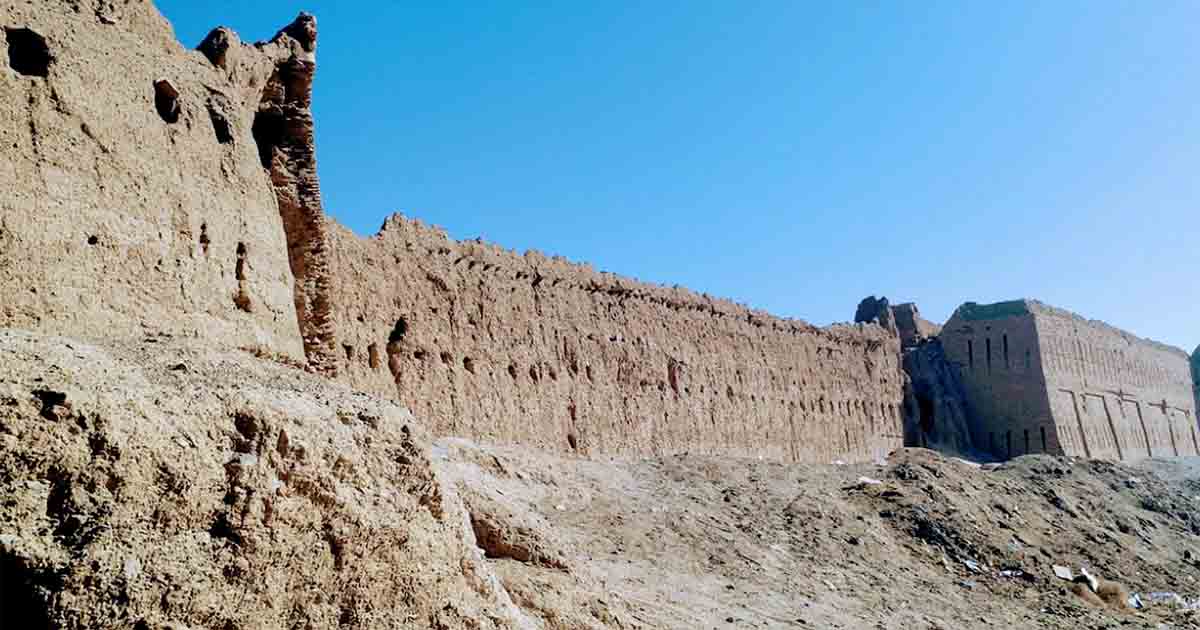The historical administrative division we today know as Kalat – one of the six in the Baluchistan province – has been occupied by countless empires over the centuries. Part of the realms of Cyrus in 6 BCE, Alexander in 3BCE, Pāratarajas from 1CE to 3CE, and the Hindu Sewa dynasty in the 7 CE – the area is still known today as Kalat Sewa.
After the 10th century, going through the hands of the Ghaznavid and Ghori dynasties, bearing the brunt of the Mongol invasions, and the Safavid Persians for a relatively short period, it landed under the control of the Mughals in 1595. Eventually, adventitious events during the period led to the existence of the Khanate of Kalat under its first ruler, Mīr Aḥmad Khan Qambarānī, in 1666.
It remained under the Mughal and after the advent of the first Afghan War in 1839, under British influences. At the eve of independence in 1947, the Baluchistan province consisted of four princely states: Makran, Las Bela, Kharan, and Kalat. All retained their independent status while being in a standstill agreement with Pakistan until March1948.
After accession, they together constituted the Baluchistan Union – an administrative division with the town of Kalat being the capital and Khan of Kalat being the head – until1955 when it was incorporated into West Pakistan as a result of the One-Unit Scheme.
Climate
The climate of the region is always ready to accommodate visitors at any time of the year. With 24.8 °C being the warmest in July, and 3.4 °C being the coolest in January.
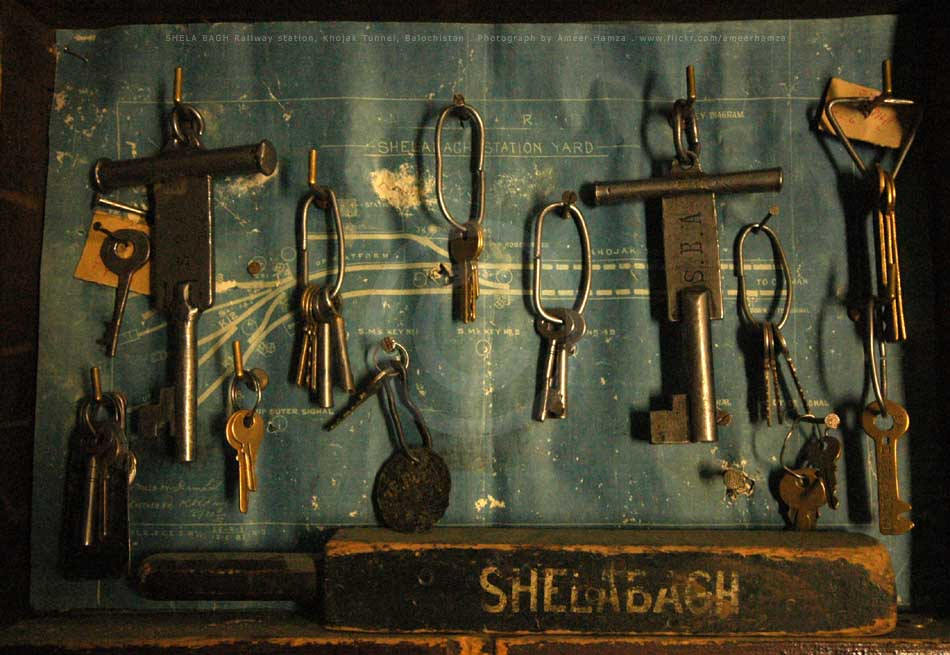
Places to Visit
Khojak Tunner
Whilst today the Khojak tunnel is in the Quetta division, earlier it was part of the Khanate. This 128-year old tunnel was built under the Khojak Pass in 1888, which is in the Toba-Kakar range – the southern offshoot of the Himalayas. It connects the city of Quetta with Chaman, which then leads to the border crossing to Afghanistan.
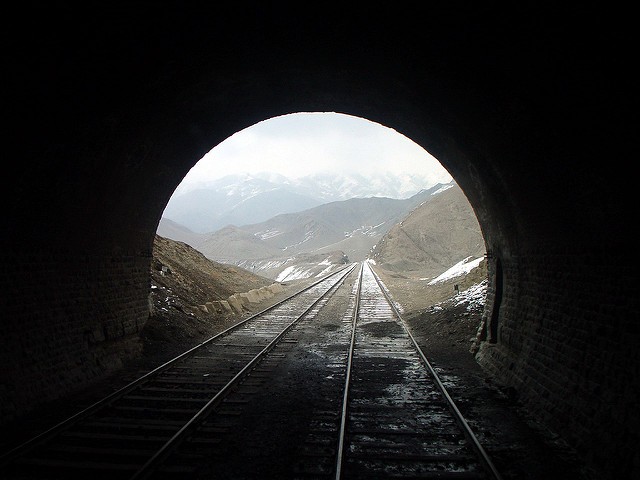
The construction of the tunnel has its roots in the 19th century Great Game between the British and the Russians for influence in the Central Asian region. The British laid the Sibi-Chaman-Quetta railway line all the way to the city; to counter Russian forces by reaching quickly to Kandahar.

The route was feasible for the railway line except for a 2290-meter high Khojak pass that stood in the way. Finding a way out, the engineers planned to bypass the mountain which ensued in the 3.9km Khojak tunnel.
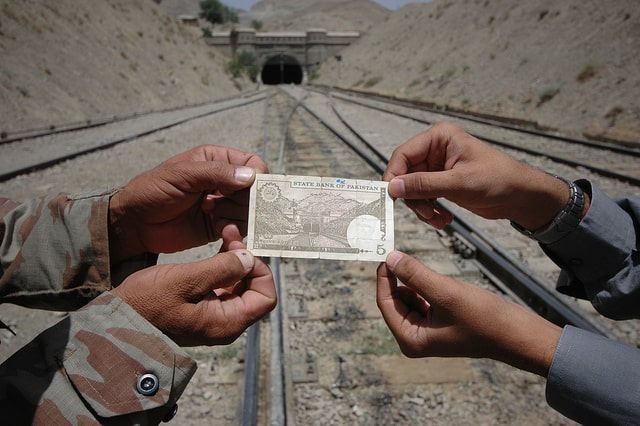
Kalat Fort
The seat of the Khans, also known as the Meeri Fort, lies on the western side of the main Kalat city. Its historical significance relates to the first Afghan War when on November 13, 1839, the British Indian army attacked the fort as a form of retaliation against the Baluch who harassed and attacked their convoys during their move across the Bolan pass in April 1839, when they were on their way to Afghanistan.
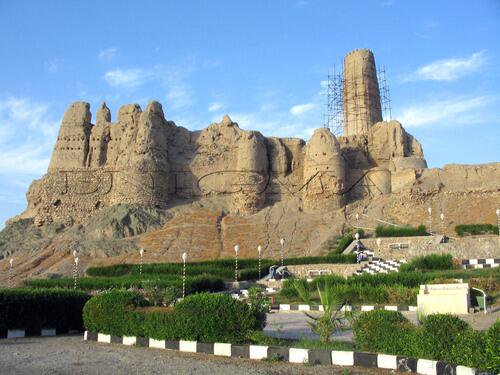
Read more: Government Tourism Policy & its Challenges
Khan of Kalat Palace
Located in the south-eastern Kalat, the palace radiates royal grandiosity to spectators. It contains the ancient ornamented swords with precious stones that portray the glamour of the princely states.
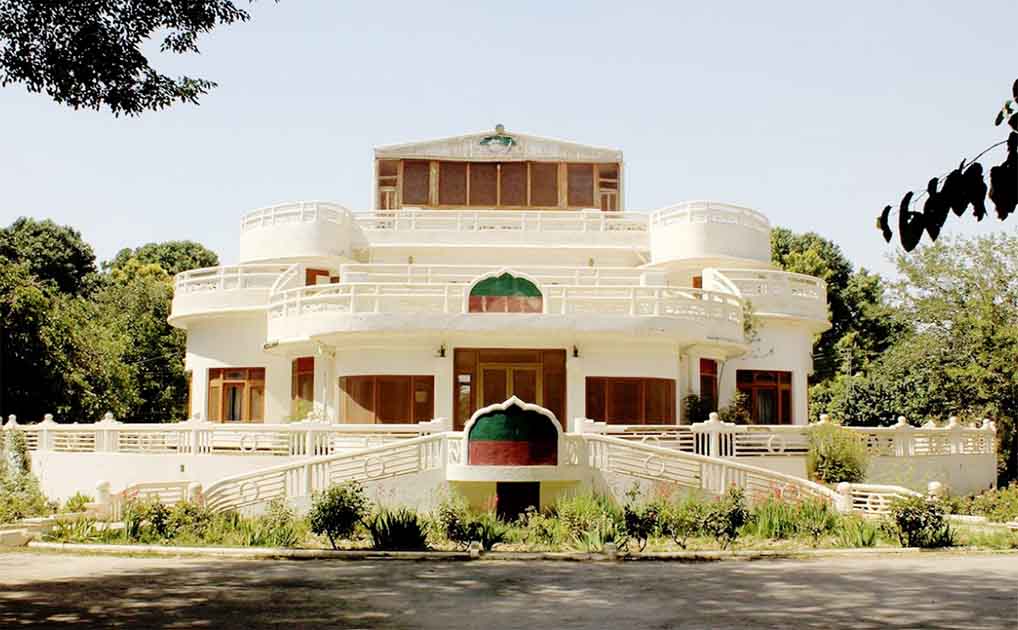
The spectacular bejewelled throne of the Khan takes the visitor back to the days of yore. There lies the 1000 sqft, 18 century Kashan carpet – the name for the ancient, hand-woven and natural-dyed Persian carpets– taken from the Mashhad Fort, Iran, by the marauding forces of the Khan.
Kali Mata Mandir
The 1500-year old temple bears one of Asia’s largest statues of the Kali Mata – the Hindu deity of time, death and doomsday. It is visited by many Hindus, both from Pakistan and India. The temple has its historical basis in the Hindu Sewa dynasty, which ruled the area prior to Arab and Baluch invasions.
